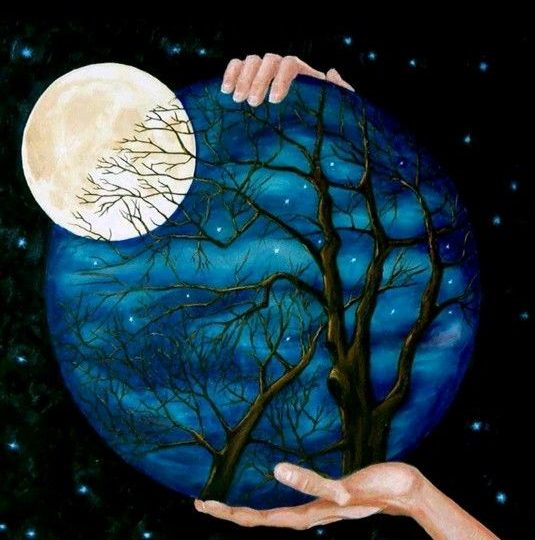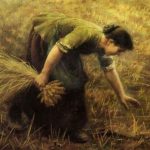Reflections
Happy Halloween! The eve of All Hallows, has far outpaced the day set apart to commemorate Christian saints. Samhain (sow -en), October 31, has become one of the most recognizable neo-pagan holidays. It is the “day” from the familiar folk tale phrase “a year and a day,” which was added to even out its solar calculations of twelve thirty-day months. With time taking a break, ghosts and fairies could slip up to earth to cause mischief and mayhem. How could anything that much fun die?
Samhain, Gaelic for November, is a time to remember family and friends who once walked with us and live on in our hearts as well as to engage–playfully or seriously, as you are inclined–with witches, magic, and all connections between this world and the unseen spirit realm. It is the season of the crone, who is the woman who has seen it all, endured it all, and prevailed against the odds. The woman who has nurtured children and causes and helped to create the world as it is today. This is not necessarily a comfort. A growing darkness seems to be settling over the political landscape in the United States, Brazil, Saudi Arabia, and other places in the world. Fearful of the future, we huddle with others who think as we do. Each side points fingers at the other blaming them for the problem. What crone wisdom can we call forth at this perilous time?
At Samhain or All Hallows we celebrate the unique expression of the life force that came into existence with each person we have loved and lost. Perhaps we display their photographs or take time to remember how they are woven into the fabric of our lives. Sometimes we might be able to sense the presence of those we love guiding and watching over us. But this is an individual feeling more accessible to some than others, not a provable phenomenon. On the other hand to many of us, it seems perfectly clear that we are separate from other living beings even though our separateness from one another causes us great pain.
Is it possible to see this separateness as an illusion as do many spiritual leaders and some scientists such as Albert Einstein? Einstein in a letter to comfort a grieving father calls this sense of separateness “an optical illusion of … [our] consciousness.” He posits that by living our lives in the ordinary way, focusing on our personal desires and our affection for a few special others, we become prisoners of our own delusions. He writes, “Our task must be to free ourselves from this prison by widening our circle of compassion to embrace all living creatures and the whole nature in its beauty” (read in the New York Times). Einstein saw striving toward this goal of unity as a source of liberation and security that comes from within. Many spiritual traditions, including Christianity and Buddhism, speak of the need to be awake to the true nature of reality.
When I was young, I wanted to differentiate myself in the world. Now that I am old, I want to discover connections that I could not see with my young eyes. As crones if we have the courage and compassion to see the world as a unified universe of which we are apart, then we can begin to expand beyond dualistic, us-versus-them thinking to develop a life-sustaining philosophy of loving our neighbors.
Imagine that we are roiled round together inside a force field of life and death. How can we expand our thoughts, awareness, gratitude, and love to include everyone? We need to do this not because they are perfect, but because of the deep imperfection inherent in each human being, and the suffering that we inevitably cause and experience. We need to work on ourselves so that we do not unconsciously inflict the pain we have endured onto others. The opportunity to do this interior work through psychotherapy and spiritual practice is a great gift. Loving and forgiving ourselves and others is a practice for the ages.
Hekate, the ancient Greek goddess of the crossroads, accepts all things—tragedy, loss, decay, and us in our brokenness. At Samhain we honor her as the dark mother of death. In the infinite wisdom of her ever-turning cycle, she receives all, heals all, and renews all.
Happy hauntings,
Melody

 Mirror, Mirror
Mirror, Mirror

